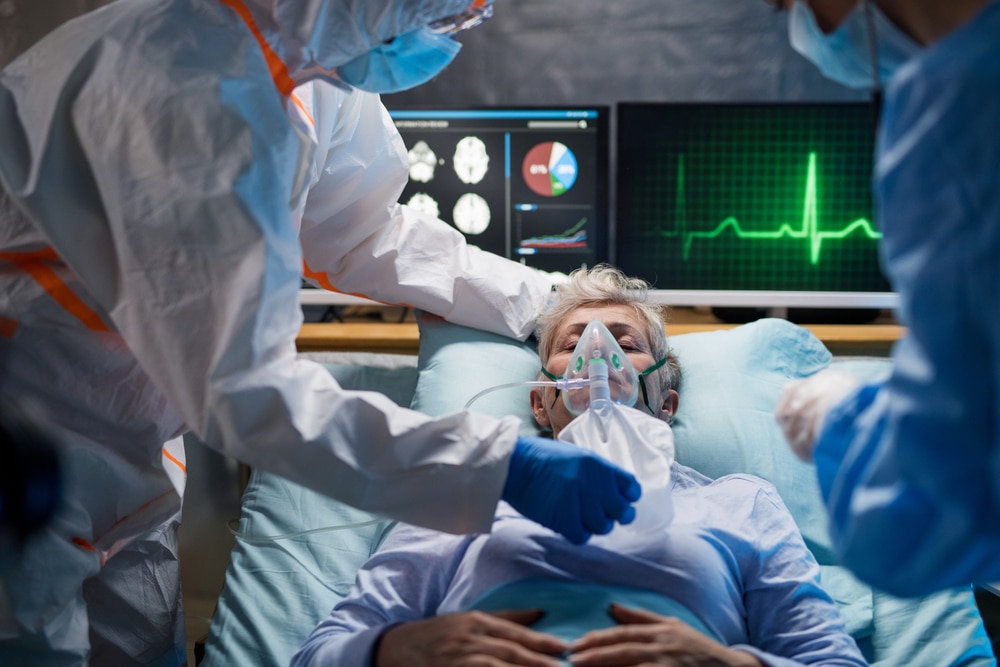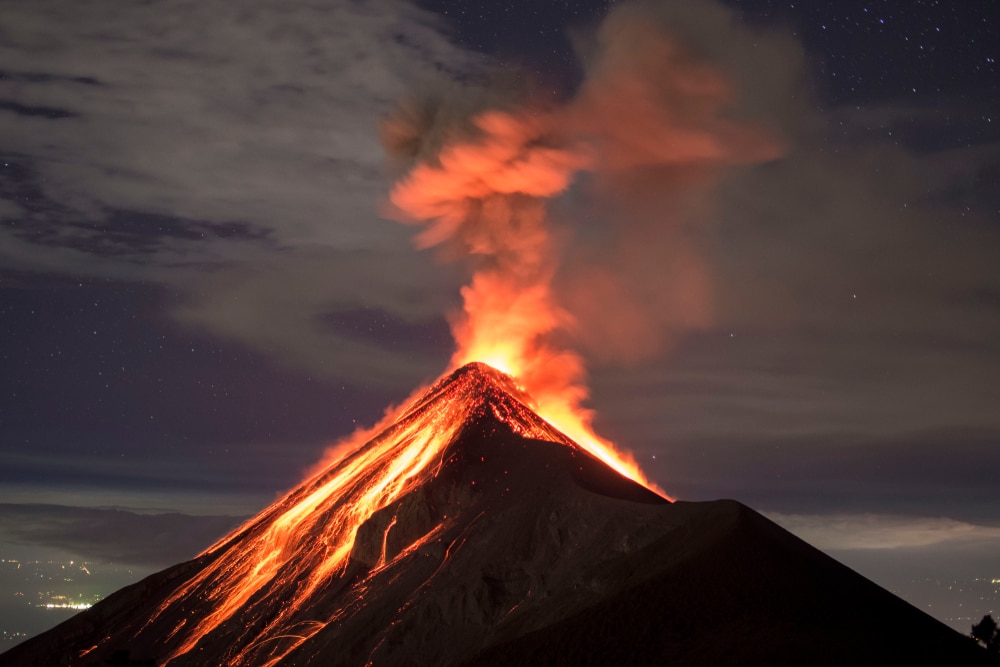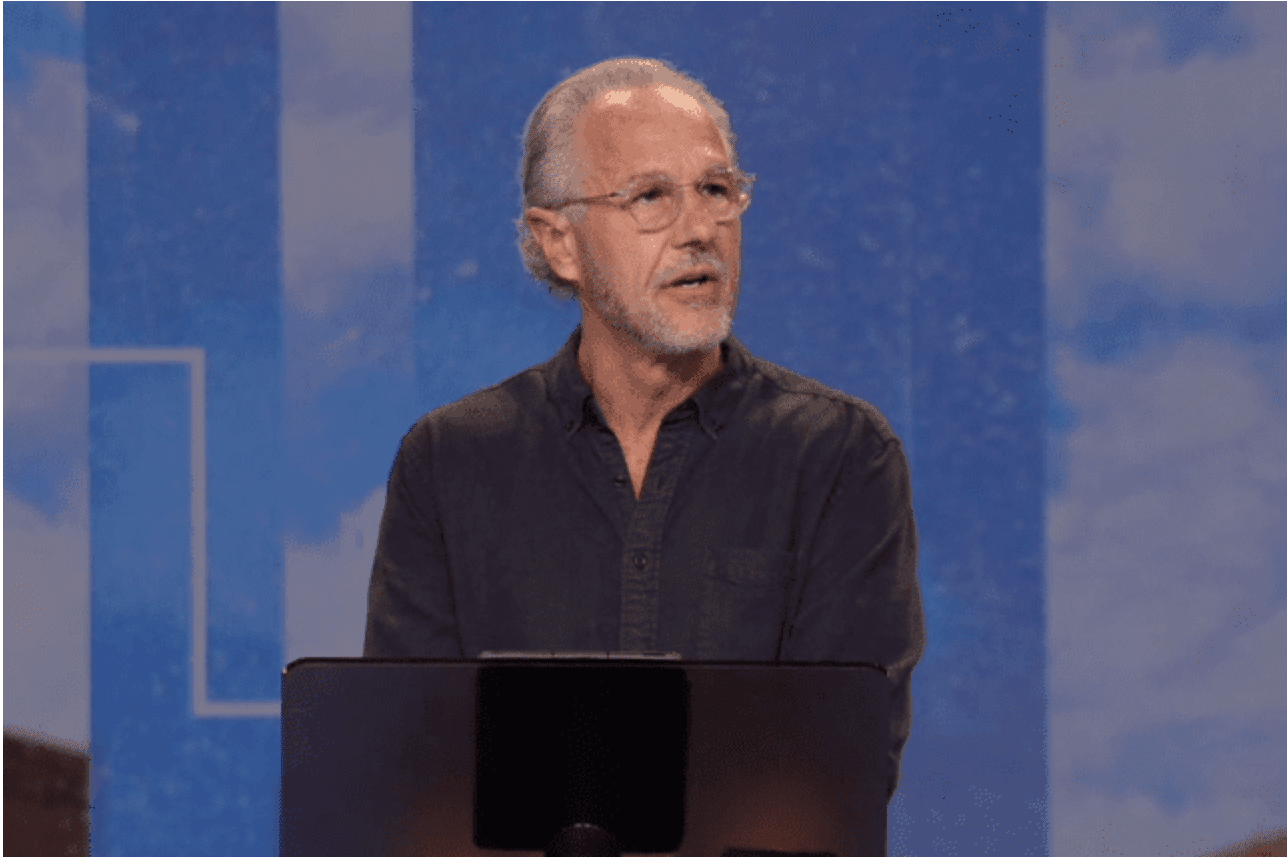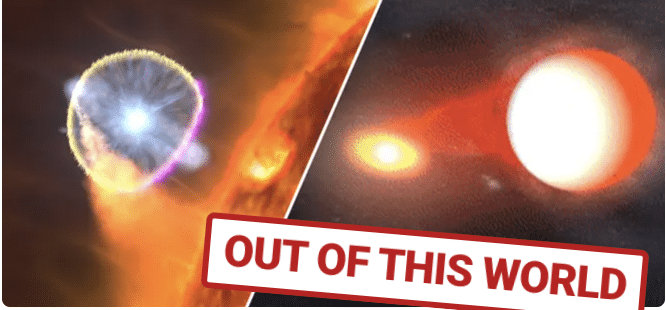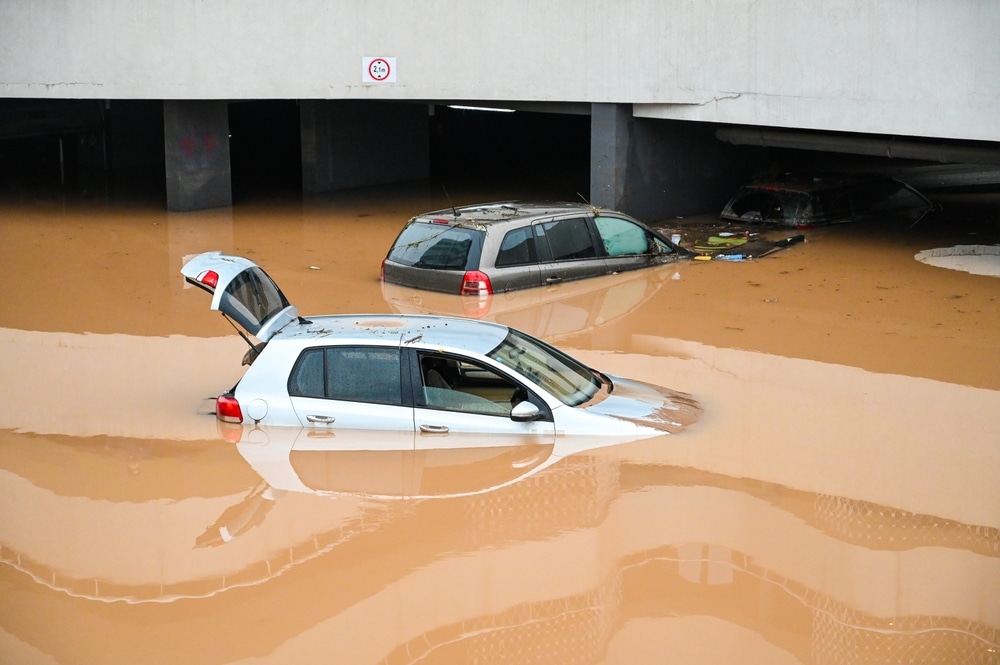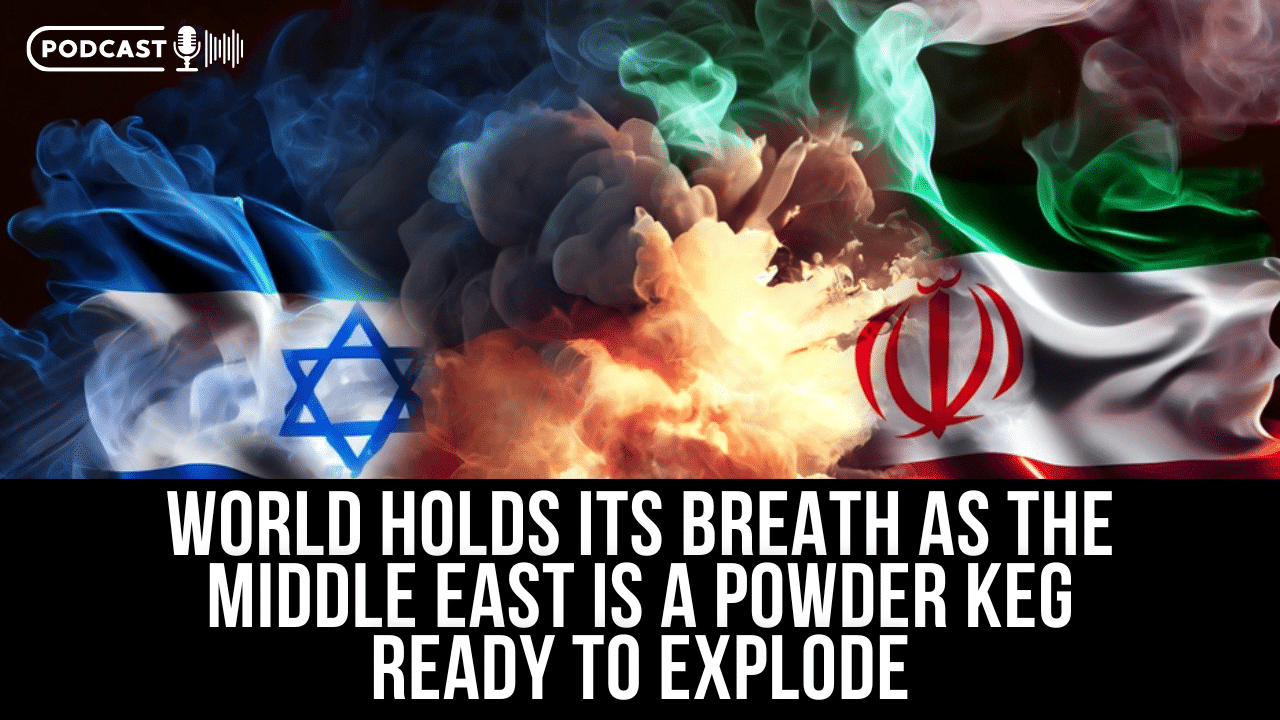New York City began offering vaccination against monkeypox to at-risk groups on Thursday, as authorities scramble to contain a global outbreak. But demand was so high, within hours of launching the program the city had to cut off walk-in appointments, and scheduled visits were already booked through early next week.
As opposed to the early days of COVID, when there was no effective treatment, there are already multiple vaccines that work against the orthopoxvirus that causes the ailment. Supply, however, is the question.
According to NBC NY, Some 30 people have tested positive for the virus in the city since early May, almost all of them men who have sex with men, and the number of cases has risen 60% in just the last week. In total New York City represents more than 20% of all cases diagnosed nationwide.
The move to offer the vaccine follows similar efforts in cities like Montreal and Toronto. The Health Department on Thursday announced the opening of a temporary clinic to administer the two-dose JYNNEOS vaccine to eligible people who may have had recent exposure to monkeypox, the city announced.
The vaccines will be administered at the Chelsea Sexual Health Clinic (303 Ninth Avenue in Manhattan). The clinic will be open on Mondays, Tuesdays, Thursdays, Fridays, and Sundays from 11 a.m. to 7 p.m. moving forward.
Monkeypox cases continue to rise in the US with 14 new infections detected, data from the Center for Disease Control and Prevention shows. The latest update by the CDC on Thursday brings the nation’s total cases to 156, only a month since the first US case was detected.
The US confirmed its first case of monkeypox in a traveler who returned to Massachusetts from Canada on May 17. California has been struck the hardest with 40 confirmed cases, followed by New York with 22 and Illinois with 19.
Anyone can get the illness – more so if you have been in contact or had sexual contact with someone with symptoms. The Centers for Disease Control and Prevention released new guidance about how to identify monkeypox during the outbreak.
Traditionally, people with monkeypox have developed a fever, swollen lymph nodes, headaches and muscle aches. The symptoms are followed by a rash that starts on their face or mouth and then spreads to other parts of their body – particularly the hands and feet. However, in some recent cases, patients first experienced a rash in the mouth or around the genitals or anus. And instead of widespread rashes, some patients saw scattered or localized lesions in areas other than the face, hands, or feet.






